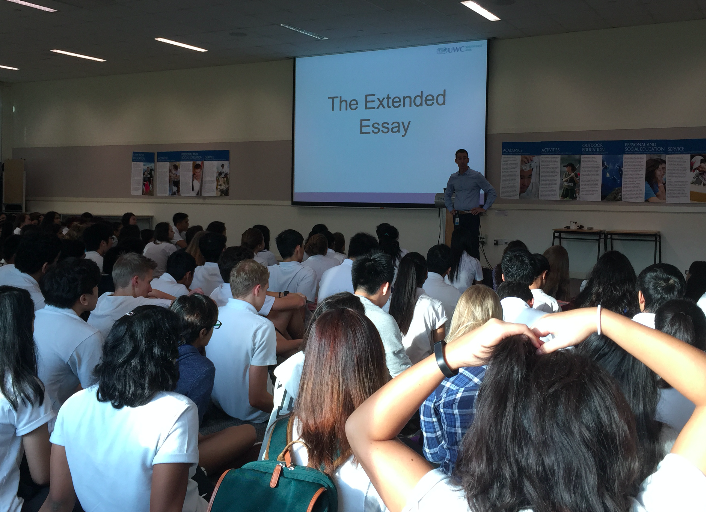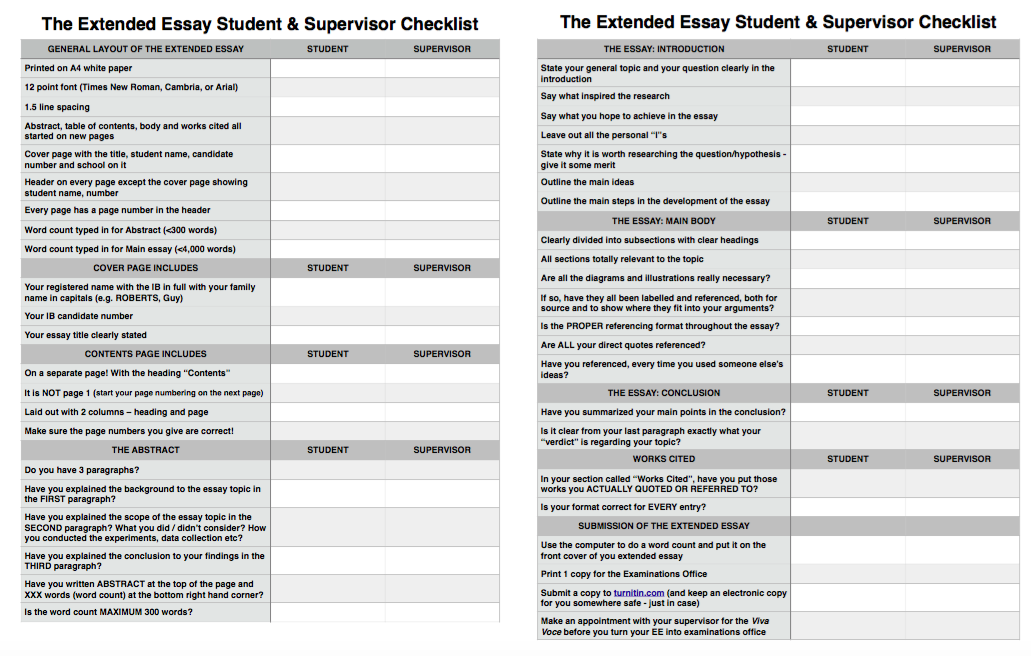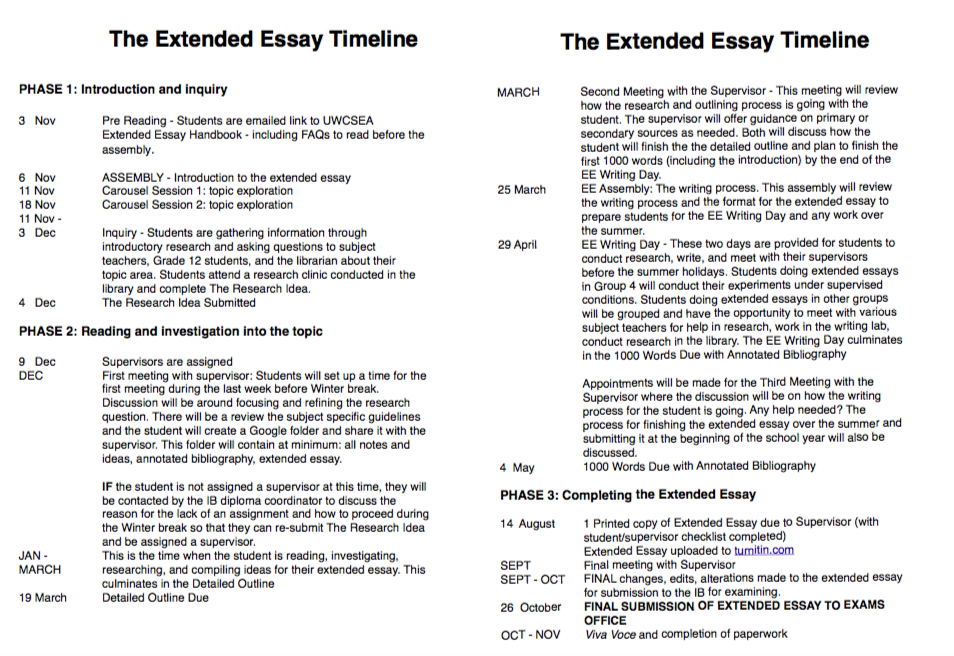Design thinking is pretty mainstream these days, infiltrating many domains (e.g., see the Harvard Business Review article, "Design Thinking Comes of Age" in the September 2015 issue).
When it comes to libraries, design thinking is usually invoked as a methodology either for group-solving problems related to the functional aspects of a library, or for patrons designing and creating things in a special "making" space in the library.
From Michelle Ha Tucker presentation, cited below
"Design Thinking for Libraries: a toolkit for patron-centered design," published by IDEO in January 2015, exemplifies the first -- where the human-centred approach and process mindset of design thinking is applied to finding creative solutions to challenges in the day-to-day life of a library.
Michelle Ha Tucker from IDEO recently gave a short presentation on "Innovation By Design" at the Leadership Roundtable on Library Innovation, hosted by the Aspen Institute. She argued libraries are a perfect place to try design thinking because they are "living laboratories" with a steady stream of users to observe and create experiments with, on top of the fact that librarians are great service designers. Watch a video of her presentation via Jason Griffey's blogpost here. (John Seely Brown's talk on "Re-Imagining Libraries" is also worth watching; I like how he suggest libraries are a place where you can/should find the intersection of homo sapiens (thinking), homo faber (making), and homo ludens (playing).)
From Michelle Ha Tucker presentation, cited above
Libraries, both public and school, are increasingly involved in the makerspace movement -- providing people with access to materials and equipment (especially 3D printers, laser cutters, milling machines, and programmable chips like the Arduino) in a space where they can come together to be creative and make things -- and design thinking has obvious applications to the maker culture.
But for school librarians, the design thinking conceptual models coming out of IDEO are probably of greatest application to the inquiry/research process.
Rather than a rigid framework with specific steps, design thinking encourages a mindset of being creatively confident, recognizing that projects always start off very foggy, and only through mindful, iterative effort to "see" (via reading and exploring a topic) do possible resolutions emerge. That research should always open up new questions and inquirers need to be comfortable along the way with ambiguity, rather than quick answers.
In my own situation, design thinking offers valuable meta-cognitive support to our high school students doing the IBO (International Baccalaureate Organisation) Diploma Extended Essay (EE), an independent, 4000-word research paper.
My drawing of Tim Brown's cycle - based on a drawing in his 2009 book. I noticed that in Michelle Ha Tucker's slide, the word "Implementation" is now "Iteration."
In a previous blog post, I compared Tim Brown's design thinking process to Carol Kuhlthau's - see http://www.thelibrarianedge.com/libedge/2013/01/carol-kuhlthau-meets-tim-brown-guided.html
And since then I've only come to appreciate it more.
Our EE program is divided into three parts over the course of a year -- which roughly conforms to the three design thinking stages -- Inspiration, Ideation, Implementation. From November 1st to December 15th, our grade 11 students are introduced to the Extended Essays and asked to think about something that interests them and do broad reading and inquiry -- the Inspiration phase -- in order to turn that idea into an acceptable Research Question (RQ).
Phase two of the EE is from January to August -- which is the Ideation and draft writing phase, and from August to the end of October is the Implementation phase, for final editing and polishing -- and submission.
Below are images of the pamphlet we hand out to each student in November (yes, a paper copy). It's an A3 printout, folded into an A5 brochure, with the inside A4 space showing the timeline, and the A3 inside, unfolded sheet showing the Checklist for students and supervisors.
In design thinking, two important constraints come into consideration after you get an idea (something you desire to design) -- viability and feasibility. In his book, Tim Brown quotes the famous designer Charles Eames as saying the mark of a designer is a willing embrace of constraints.
The IDEO intersection of innovation -- taken from www.ideo.com/about
As we ask each student to follow their passion, we must also help them to appreciate the constraints on their inquiry, in terms of the IBO and their school. Does their research question (RQ) satisfy the requirements of the assignment, i.e., the EE subject brief as set by the IBO? And can our school provide the necessary support for the research question, in terms of a knowledgeable supervisor, material and equipment for any experiments, and other resources?
For the EE, the ideal Research Question (RQ) satisfies student interest (Desirability), IBO requirements for a subject area (e.g., if doing a History topic, the research question must be on something at least ten years in the past), and our school's (United World College of SE Asia- UWC) ability to provide support and resources (books, databases, equipment, etc.) for such a research question.
I then show students this design thinking concept -- alternating divergent and convergent phases of inquiry. When they come to me for help, I ask them which phase they are in. Do they want me to help them find more material? Or do they need me to help them sort out what they've found and pick the best ones, before going back out to look for more? Do they think they need more?
The design thinking "Inspiration - Ideation - Implementation" cycle also repeats itself, as new information comes to light.
Which reminds me of one of my favorite library science papers -- "New shit has come to light: Information seeking behavior in The Big Lebowski" - by Emily Dill and Karen L. Janke (2010). Go treat yourself....










